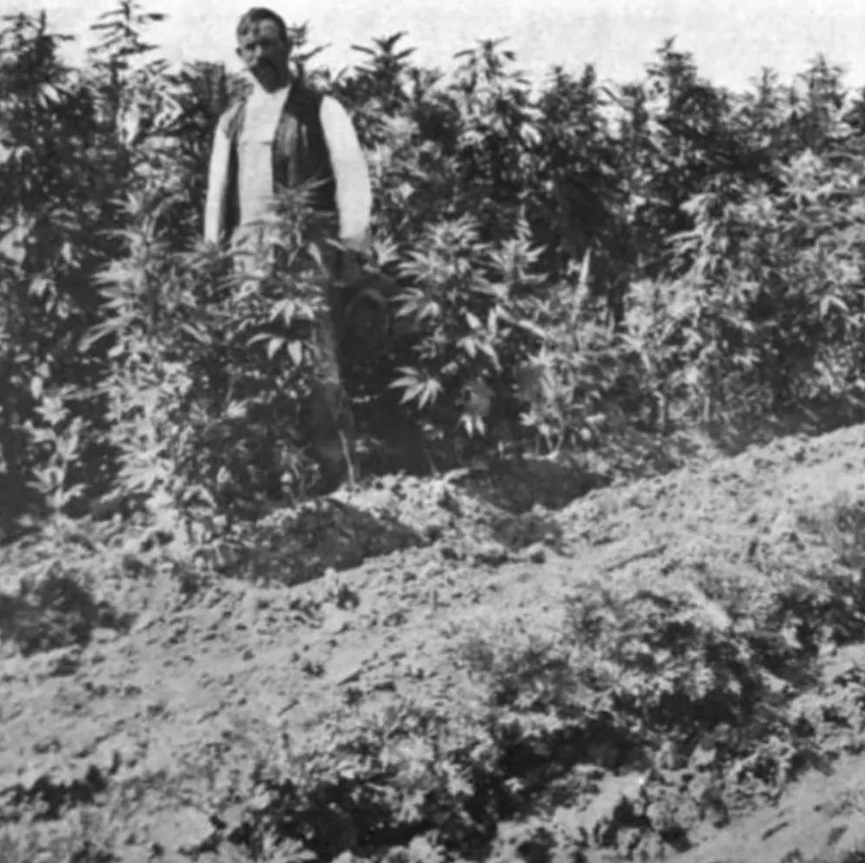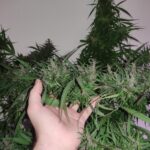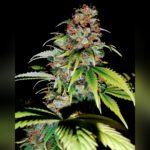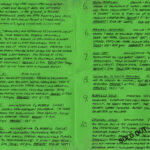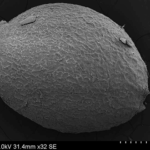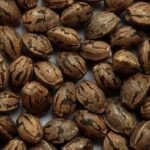Here’s the full photo of ‘Kandivi’, the Indica-type landrace collected by Frank Meyer in the winter of 1910 in East Turkestan (Xinjiang) and shown here at a USDA research station in Nevada in 1913.
As noted in a USDA bulletin of 1911, Meyer collected an impressive array of plants “in Chinese Turkestan during the winter of 1910 and the spring of 1911. These months were spent by Mr. Meyer in exploring the oases of Chinese Turkestan south of the Tien Shan Range and in crossing over this range to Chugutchak, Mongolia. Of the dangers of travel in this country Mr. Meyer himself will probably be given an opportunity to tell in a later publication. Certainly they were great enough to make the material secured of very unusual value.”
“Experimenters living in the Northern States will probably be interested in the collection of winter wheats which Mr. Meyer secured in Chinese Turkestan; in four varieties of hull-less barley from which the natives of Chinese Turkestan make bread; in alfalfa varieties from Khotan, Kash-gar, and Khanaka, one of which has the ability to grow in cool weather when other sorts have stopped growing; in a variety of alfalfa from Chugutchak, Mongolia, which is said by the growers there to be much hardier than the Turkestan alfalfa, though giving only two cuttings, whereas the Turkestan gives three, but while one-third of the plants of the Turkestan alfalfa were winterkilled none of the Mongolian variety was injured; in a hardy wild apple found by Mr. Meyer at Kulja, Chinese Turkestan, which may prove of value for breeding purposes; in the oleasters from this same region, which are among the hardiest and generally most useful trees known for dry, cold countries; in some winter radishes for midsummer planting; and in four Mongolian wild roses with characters which may make them valuable for breeding purposes.”
Among other accessions in the prolific range of crops collected by Meyer that winter are varieties of soy, pea, flax, and chickpea and “nine varieties of rice from Chinese Turkestan, one of which is said to ripen its grain 10 weeks after sowing.”
For more about Frank Meyer and the hashish heyday of the early 20th Century see this earlier post, ‘Indicas in America – 1913’.
